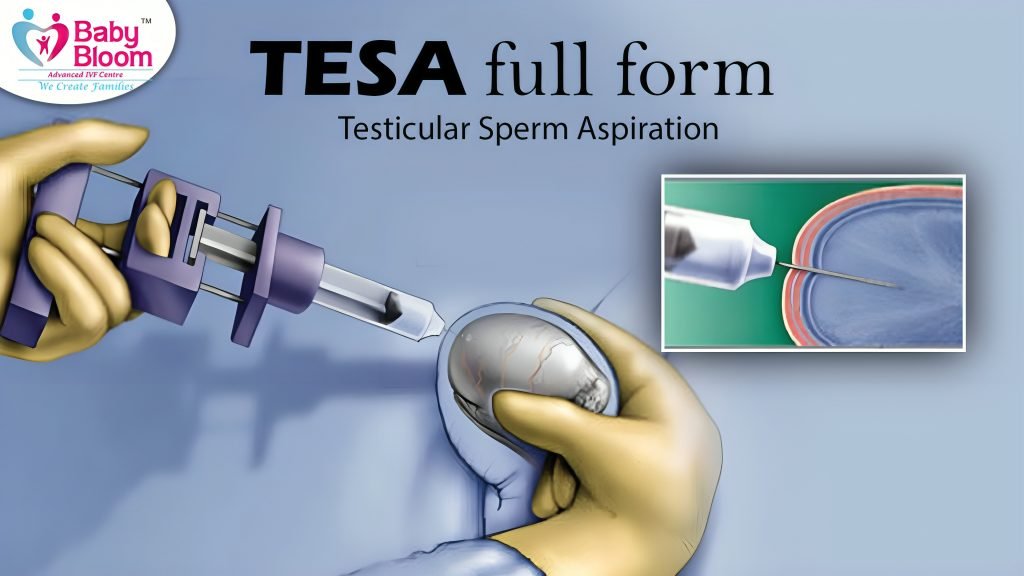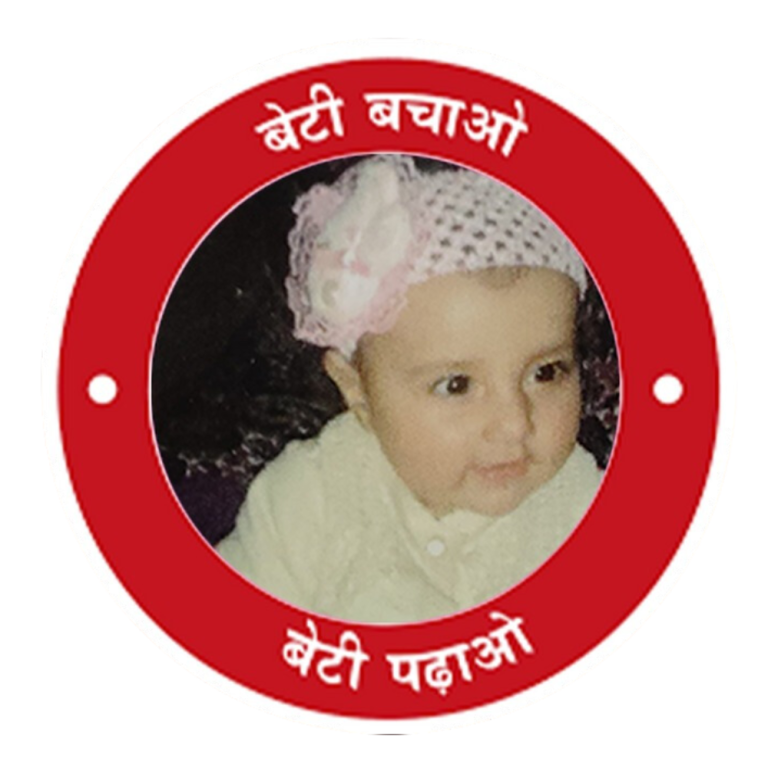TESA or PESA: Difference, Procedure, and Benefits

Dr. Pujil Gulati, IVF Specialist with over 13 years of experience in Assisted Reproductive Techniques BabyBloom IVF Gurgaon
WHAT IS TESA?
(TESA full form in medical) Testicular Sperm Aspiration (TESA) is a simple procedure used to collect sperm from men who need it for IVF or ICSI treatments. It is done under local anesthesia, either in a clinic or an operating room, and is scheduled to match the timing of the female partner’s egg retrieval. During TESA, a thin needle is inserted into the testicle to extract tissue or sperm. This method is commonly used for men with conditions like obstructive azoospermia, such as after a vasectomy. In some cases, if TESA doesn’t yield enough sperm or tissue, an open testis biopsy may be required. is pure content. tesa or pesa

WHAT IS PESA?
(PESA full form in medical) Percutaneous Epididymal Sperm Aspiration (PESA) is a simple procedure used to collect sperm for IVF or ICSI in men with obstructive azoospermia, often caused by a previous vasectomy or infection. It is performed under local anesthesia in a clinic or operating room and is carefully timed to align with the female partner’s egg retrieval process. Read More: Introduction to Intracytoplasmic Sperm Injection (ICSI)

Understanding the Key Differences Between TESA and PESA
|
Procedures
TESA Procedure:
- Preparation: The patient is given local anesthesia to numb the testicular area.
- Aspiration: A fine needle is inserted into the testicle to extract tissue samples that contain sperm.
- Processing: The retrieved tissue is processed in a laboratory to isolate viable sperm.
- Duration: The procedure typically takes 20-30 minutes.
PESA Procedure:
- Preparation: Local anesthesia is administered to numb the scrotal area.
- Aspiration: A fine needle is inserted into the epididymis to aspirate fluid that contains sperm.
- Processing: The aspirated fluid is analyzed to retrieve motile sperm for use in fertility treatments.
- Duration: The procedure generally takes 15-20 minutes. tesa pesa
Benefits of TESA and PESA
1. Minimally Invasive: Both procedures are relatively simple and involve minimal discomfort due to the use of local anesthesia.
2. Effective for Azoospermia:
- TESA: Helps men with non-obstructive azoospermia where sperm is not present in the ejaculate.
- PESA: Ideal for obstructive azoospermia caused by blockages in the reproductive tract.
3. Supports Fertility Treatments: The retrieved sperm can be used in advanced reproductive technologies like IVF and ICSI, increasing the chances of conception.
4. Quick Recovery: Patients can typically resume normal activities within 1-2 days after the procedure.
5. Alternative to Surgical Biopsy: Both techniques offer a less invasive option compared to surgical sperm retrieval methods. tesa pesa
- TESA Candidates:
- Men with non-obstructive azoospermia.
- Men with genetic conditions affecting sperm production.
- Those with testicular failure or prior chemotherapy.
- PESA Candidates:
- Men with obstructive azoospermia caused by vasectomy or congenital absence of the vas deferens.
- Men with prior infections leading to blockages.
Risks and Considerations
While TESA Or PESA are generally safe, some risks include:
- Mild pain or swelling in the testicular or scrotal area.
- Bleeding or bruising at the needle insertion site.
- Rarely, infection or complications related to anesthesia.
It is essential to consult with a fertility specialist to determine the best course of action and evaluate any potential risks.
(Conclusion)
TESA and PESA are groundbreaking techniques for addressing male infertility, offering hope to couples struggling to conceive. By providing an effective method for retrieving sperm, these procedures have revolutionized assisted reproductive treatments like IVF and ICSI. If you are experiencing fertility challenges, At Babybloom IVF Centre, we are committed to providing the best care and support throughout your IVF treatment. With our experienced team, advanced facilities, and compassionate approach, you are in good hands. Schedule your consultation today to take the first step toward parenthood!.
Write your message:-

Social Media Links :-
Welcome to BabyBloom IVF, where your journey to parenthood is nurtured with care, expertise, and the latest advancements in fertility treatment. Located in the heart of Gurgaon, Babybloom IVF is the Best IVF Centre in Gurgaon & leading fertility center dedicated to helping couples achieve their dreams of starting or growing their families.
Contact Us
Address No.1 I, block, 189, near Baani Square, South City II, Sector 50, (Gurgaon) Gurugram, Haryana 122018
Address No.2 Babybloom IVF, Nursing Home, Civil Rd, Company Bagh, Rohtak, Haryana 124001

Brought Happiness to the world
@BabyBloom IVF All Rights Reserved @2025


